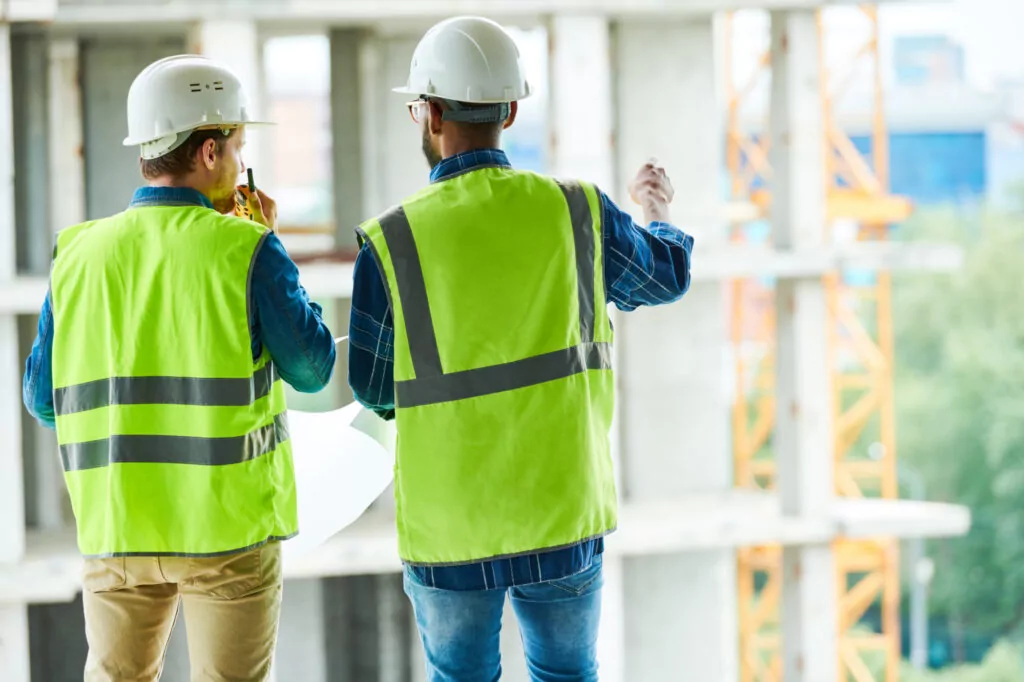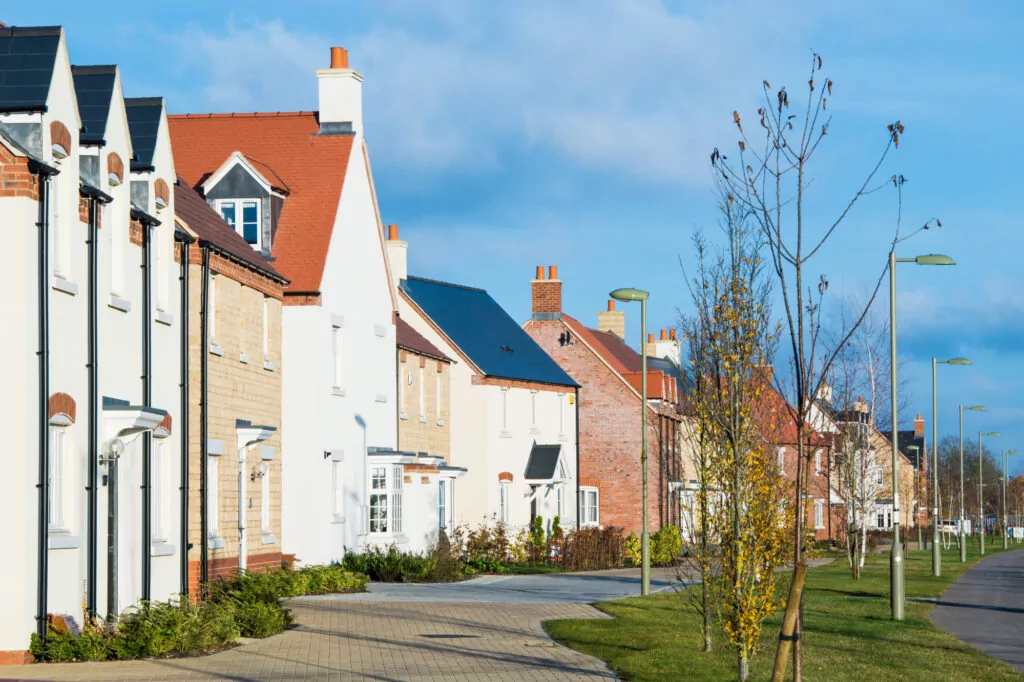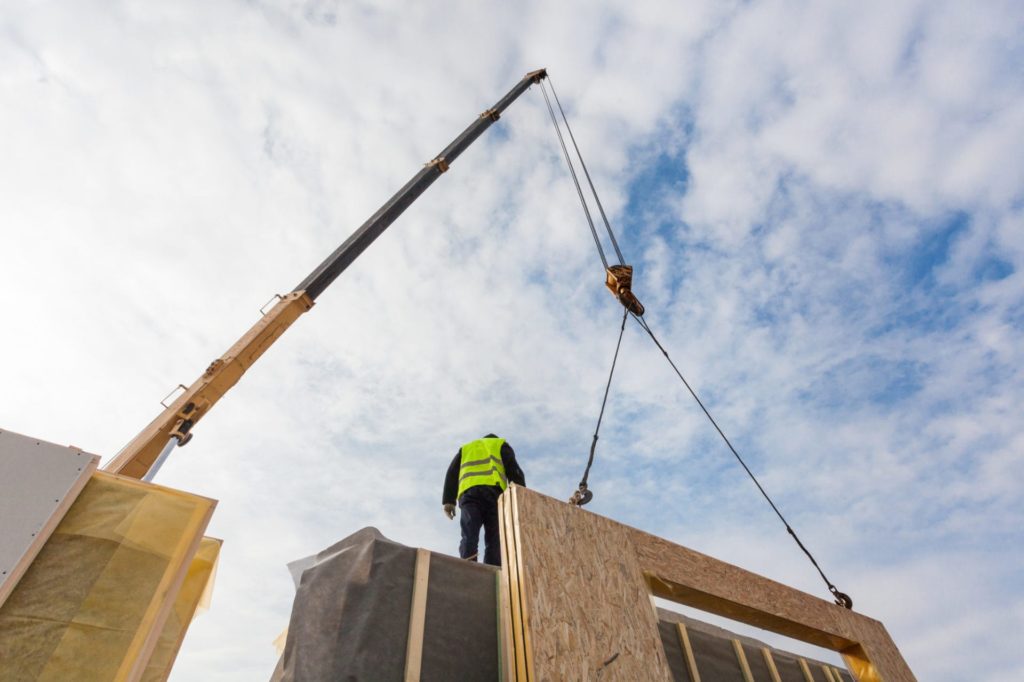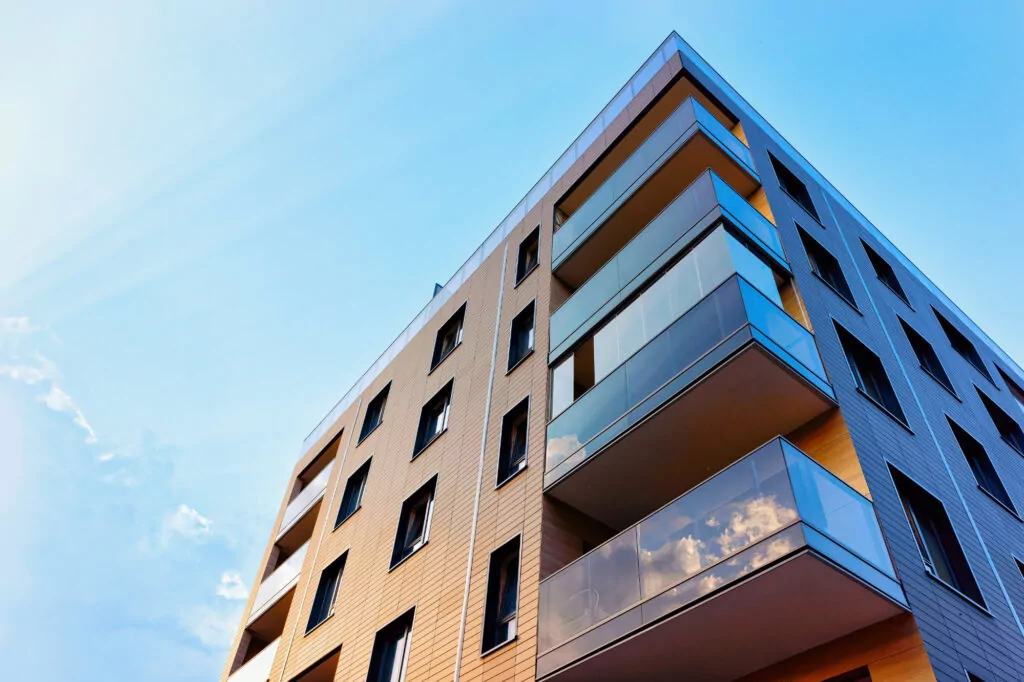
The threat of climate change has been close to the top of the international agenda for some years now. Multiple industries have been forced to re-examine their processes and procedures in order to try and address the complex challenges posed by climatic instability and reduce carbon emissions. The construction industry is no exception and has worked hard to deliver positive change.
Reducing carbon emissions in construction
In its ongoing efforts to reduce carbon emissions, the construction industry has had to contend with an additional - and in some ways opposing - challenge: the pressure to build more in order to address increasing demand. But plenty of growth is expected, with a recent report suggesting the modular construction market will be worth more than £165bn by the middle of the 2020s.
One key driver of this pressure is the affordable housing crisis: many countries, including Britain, do not have sufficient housing stock available to meet demand and the result has been the sharply increasing prices of recent decades. But new housing stock means both sometimes controversial land use, alongside such carbon-emitting activities as running heavy machinery and the high energy manufacture of building materials. It’s a frequently difficult balancing act.
There is currently even more demand since the outbreak of the Coronavirus, and the shutdown of much of the traditional construction industry for months on end. Modular construction is now being promoted as a way to bridge the gap while construction tries to catch up, but there are numerous voices saying that the virus could be a catalyst for an even faster adoption of modular construction.
How carbon emissions can be reduced
In order to reduce carbon emissions, construction firms need to address the challenges posed by:
- The manufacturing of building materials - for example aluminium, steel and cement.
- The use of carbon-emitting construction machinery.
- The transportation of materials from the factory to wholesalers, and from there to the building site.
- The electrical and heating installed in the finished building.
Each issue requires an active response, for example:
- Significant reductions in the use of embedded carbon within building materials.
- The financial encouragement of carbon-neutral manufacturing techniques, and the maximum use of zero carbon electricity.
- Greater use of hybrid and fully electric vehicles for the transport of raw materials, alongside the active optimisation of supply chain logistics to reduce the amount of road and air travel required.
- The encouragement of carbon-neutral heating and cooling via the installation of environmentally-friendly domestic technologies and the overall use of energy-efficient designs.
- Greater use of local suppliers to minimise transport requirements.
- Greater use of renewable energy sources on site, such as solar power.
There are some key organisations actively influencing how we respond to decarbonisation, who provide plenty of invaluable guidance. The UK Green Building Council, for instance, give practical guidance on things such as how to measure embodied carbon on a project and how to reduce it. And the Committee of Climate Change has recently reported on how using more timber in construction can reduce carbon emissions.
The industry is also directly influenced by Building Regulations, and the Future Homes Standard is certainly something of interest to developers. This consultation is ongoing but the Standard should come into force in 2025. It aims to ensure homes built in the UK will be eco-friendly, with ‘low-carbon heating and world-leading levels of energy efficiency.’ It means that home builders should be looking to install low-carbon heating now to avoid the need for retrofitting later. It will be implemented through the Building Regulations. In the meantime, further consultations are planned so watch this space.
Modular construction helps reduce carbon emissions
Modular construction is an alternative approach to building in which properties are constructed in sections within roofed factory environments and only then transported to the actual construction site for speedy assembly into the finished product.
Modular construction offers a number of significant advantages, including speed, lower cost and greater efficiency. It also significantly reduces the number of carbon-emitting road transport required. Instead of multiple trips to the construction site to assemble the materials required - bricks, mortar, timber, plaster, windows, roof tiles, plumbing supplies, insulation etc - two or three road journeys may be all that is required to deliver the pre-constructed modular sections from the factory to the building land.
Overall, low carbon neutral construction is a great investment in the future:
- It minimises environmental harm
- It produces genuinely future-proof properties and
- It moves the entire multifaceted construction industry in the sustainable direction in which it needs to go
Our services
Foot Anstey is a national legal firm specialising in services to the construction industry. Our team of specialist lawyers assist multiple firms involved in the construction and purchasing of both commercial and domestic property.
- Expert advice on all aspects of construction law, including health and safety, risk management, and zero carbon building practices.
- Fully tailored construction and commercial contracts for low carbon construction projects, addressing each client’s specific priorities, risk profiles, and insurance arrangements and funding relationships.
- Dispute resolution assistance, including payment and delivery disagreements, via adjudication.
- Expert analysis of industry-wide trends.
- Advice on digital data collection for improvements to operational efficiency and better insurance and funding terms.
Contact us today!
































































